Westerbouwing
From 1887 there was a pavilion on the moraine with a view over the floodplains and the Nederrijn.

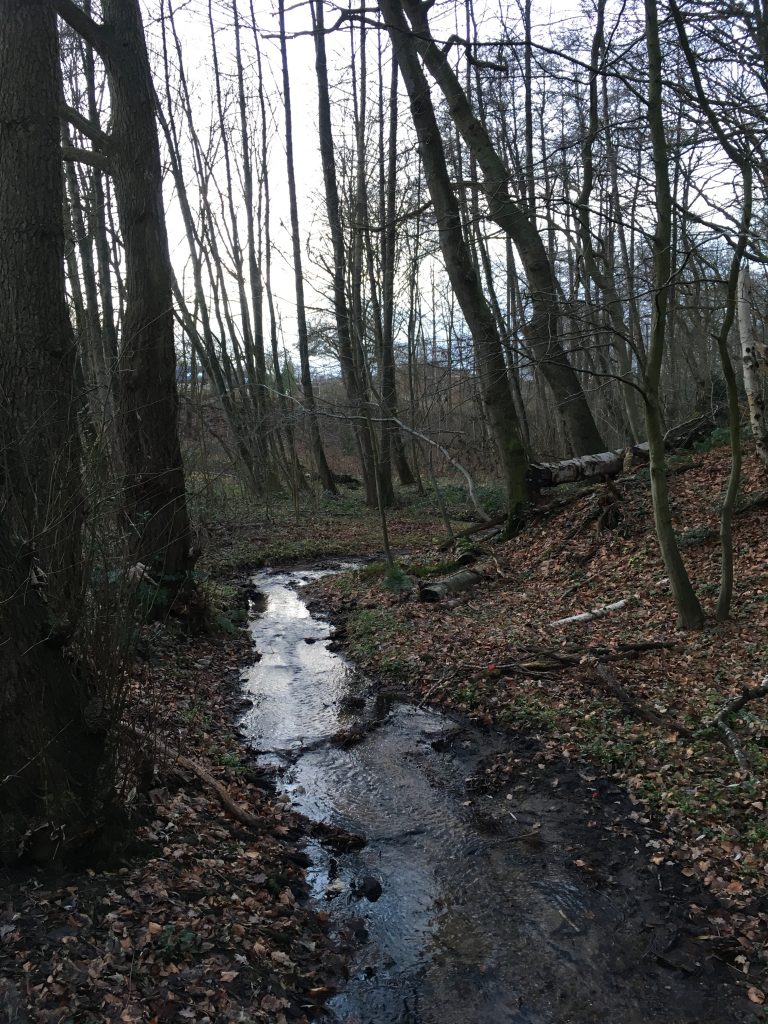
First mention
The first records of Westerbouwing are in 1760. At that point it is called a house, or “barn on the mountain with ascending wood and orchards”, owned by Peter Egberts.
In 1764 it was bought by Gijsbert Tulleken, back then the mayor of Arnhem.
The origin of the name is difficult to trace. It is known that there were two farms on the west and east side of the fountain lane, the one on the west side called “Stal Doorwerth”, and the other “Wester Bauwinge”.
Oosterbeek’s large landowner Derk Gaymans bought it in 1802. He built a tea room or teahouse in 1824, where he regularly enjoyed his time together with his family. This was long called “Gaymans dome”.
Isaac Anne Nijhoff gave a testimony of a beauty of the view of the Westerbouwing (1795-1863): “From here we are again, only a few steps away from the Westerbouwing, at the foot of the mountain, whose surface this estate covers. The walking path on it is already higher and higher and gives back the most unexpected outlooks when you turn back from time to time. On the village, spread across the opposite hills, and along the entire chain from heights to Arnhem, where the Eltensche mountains show up in the distance. Thus one arrives unexpectedly at a spacious living room, on the edge of an amazing steepage, at whose foot a pathway along the Rhine strikes along the road, and from where, on the whole Betuwe, with its buildings and meadows, with its countless towers, a proud, awe-inspiring view.”
Welcomed hikers
Gaymans likely shared his view with passing hikers. The unwritten Oosterbeek tradition prescribed that you give free access to your estate for a walk.
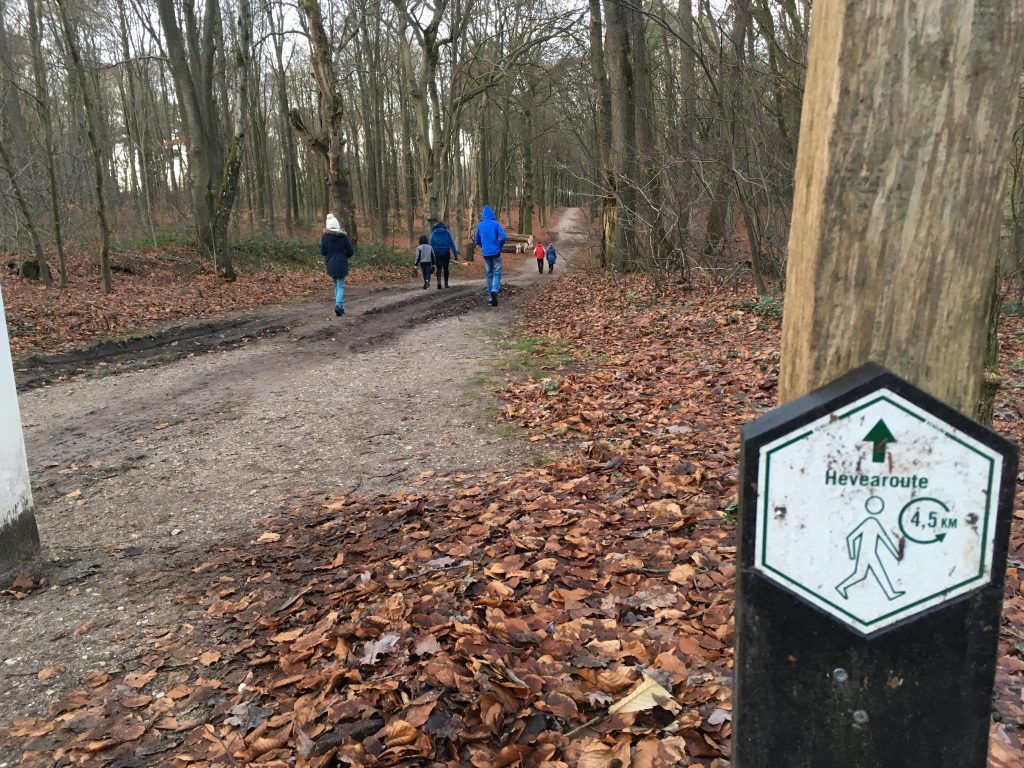
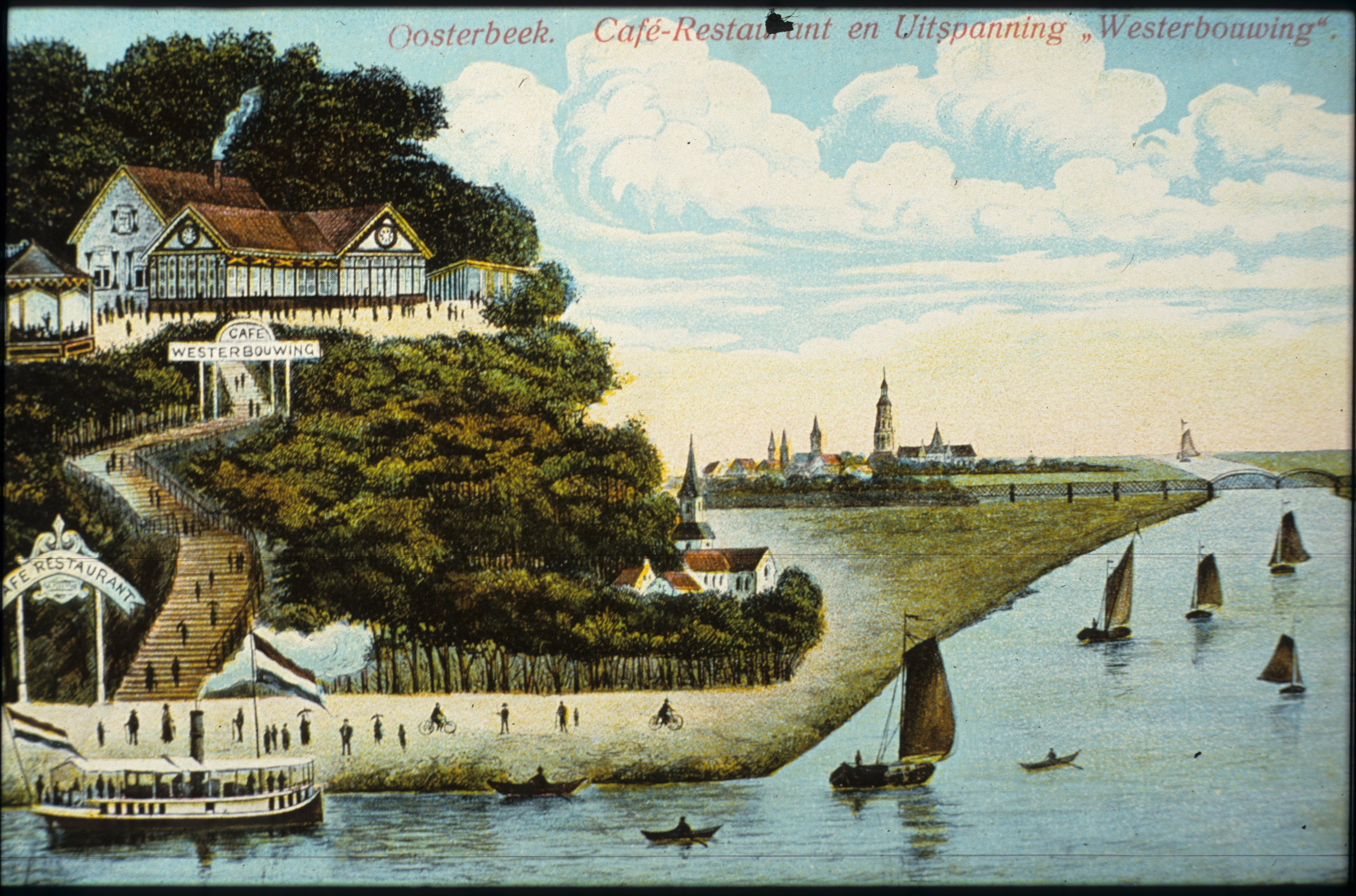
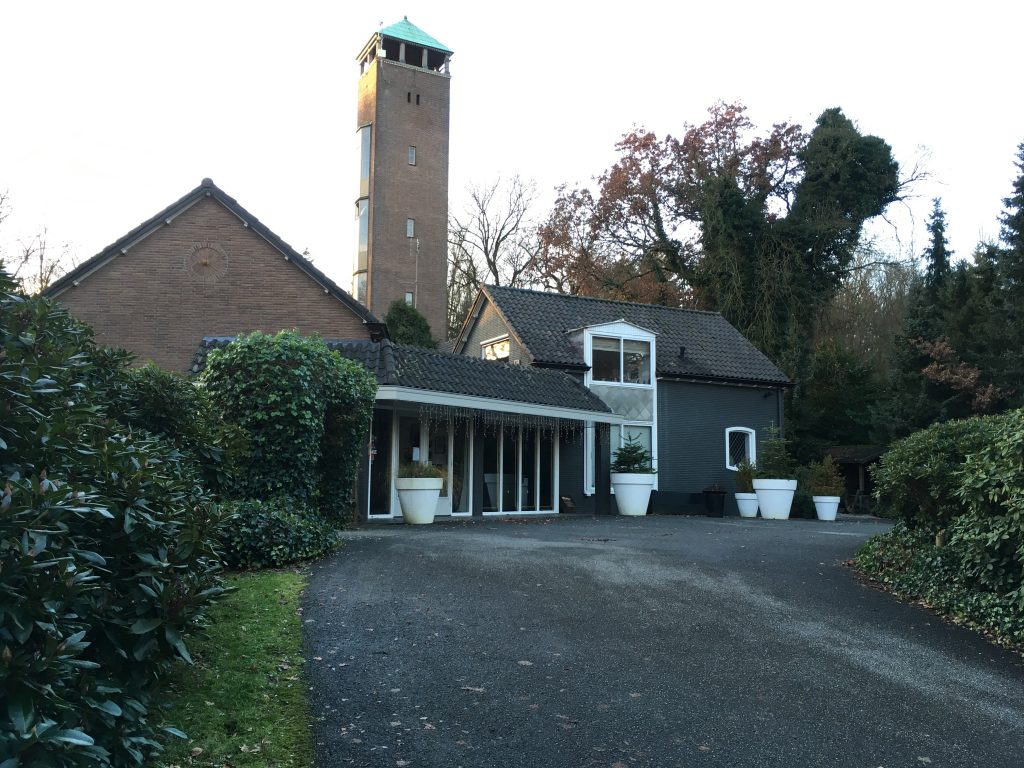
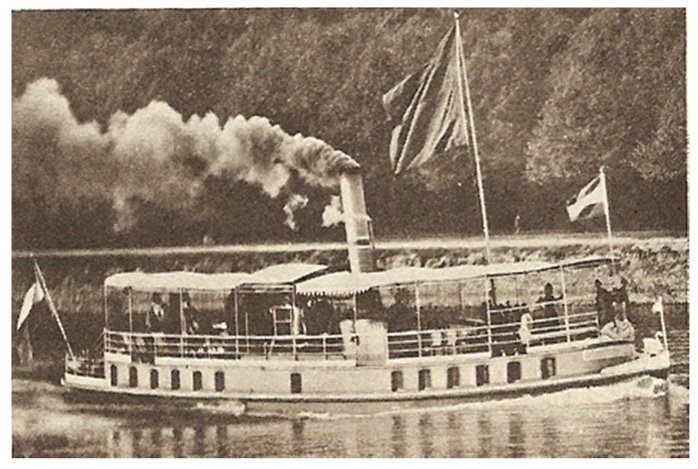
In 1872 the estate was sold to E.J. Backer, grandson of Renkum’s mayor H.J. Backer, who has a house built at the teahouse to enjoy a snack and a drink.
First tourists
The beginning of tourist development of Western construction has its origins in a farm at the head of the church path. Here E.J. Thomassen a farm where his wife sold refreshments, and she got known as innkeeper.
Leendert Fangman, owner of the estate de Westerbouwing has built a pavilion for the widow Thomassen in 1887.
Boat trips to Arnhem
From 1880 boat trips were organized from Arnhem. This connection helps drive the growing popularity.
In 1912 the municipality bought the location to keep the crowd puller. In the 1930s it was further expanded and a watchtower was constructed.
The sight bags, the large bare spots on the western building were devised by Samuel Voorhoeve, a local landscape architect. He came up with this as a free location to enjoy the view.
Through War
During the battle of Arnhem (September 1944) this was a frequently fought at place. The Germans who owned this location oversaw the entire environment and could see planes coming from afar. From here they shot at the perimeter in which the English had withdrawn.
After the war, there was little left of the glory it knew at the beginning of the century. A temporary restaurant was put down, and several remembrance marks are now on the western building.


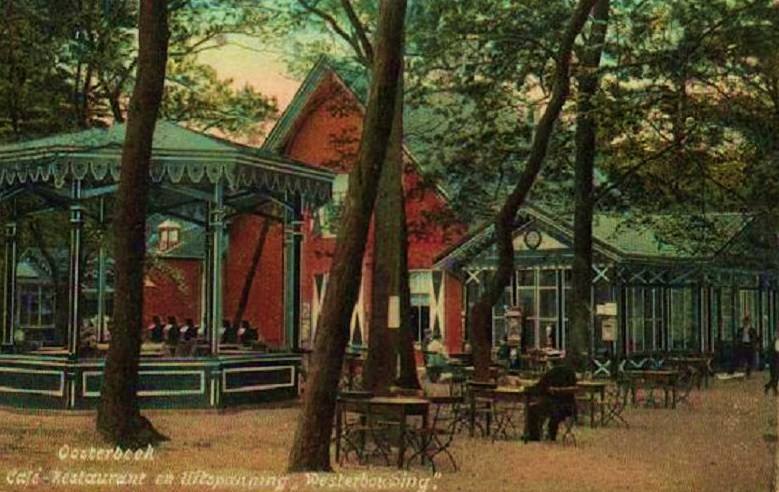
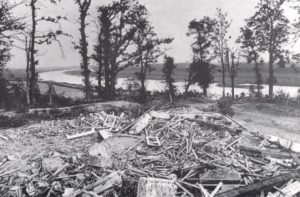
The 1950s got a new lease on Westerbouwing. A new restaurant and watchtower were built there, this time supplemented with a playground, and something that was a strange phenomenon for the Netherlands at the time: a cable car.
The famous swan train ride began to make its rounds at the end of the 50s. This train transported people to and from the tour boat and made touristic tours around the area.
In the years that followed, the park was expanded with bumpers, a children’s lane, air cushion and a cinema double-decker bus where the little ones could watch Disney films and the youth could print t-shirts.
In the early 90’s it was decided to close the amusement park. With the arrival of the newer and larger amusement parks in the Netherlands, the Westerbouwing was not competitive enough. Only the restaurant had retained its right to exist.
In 1838 J. Valckenier bought the woods on the north-west side of the Westerbouwing. As the first “owner” of this piece of land his name is given to this. This was also the location of the Renkum slaughterhouse until the 1970s. Many remnants can be found in the Seelbeek.

